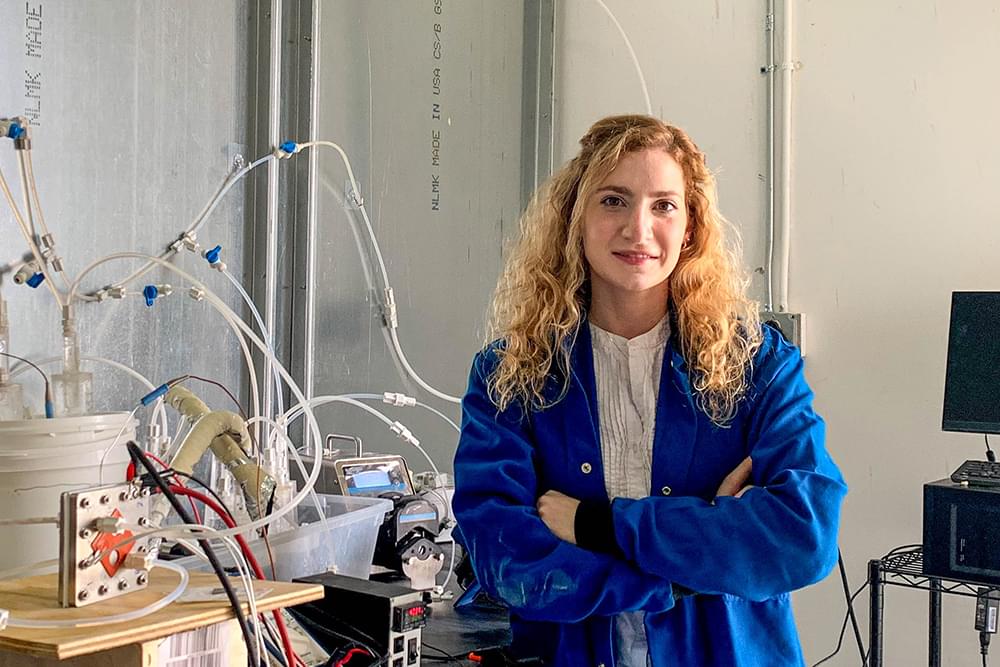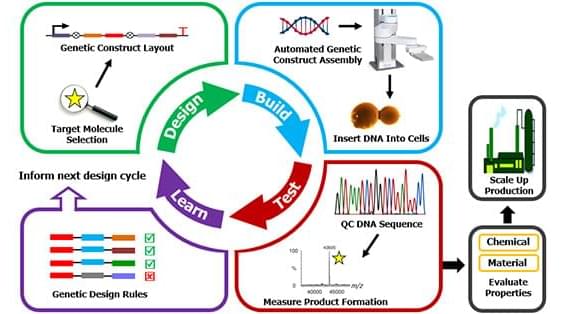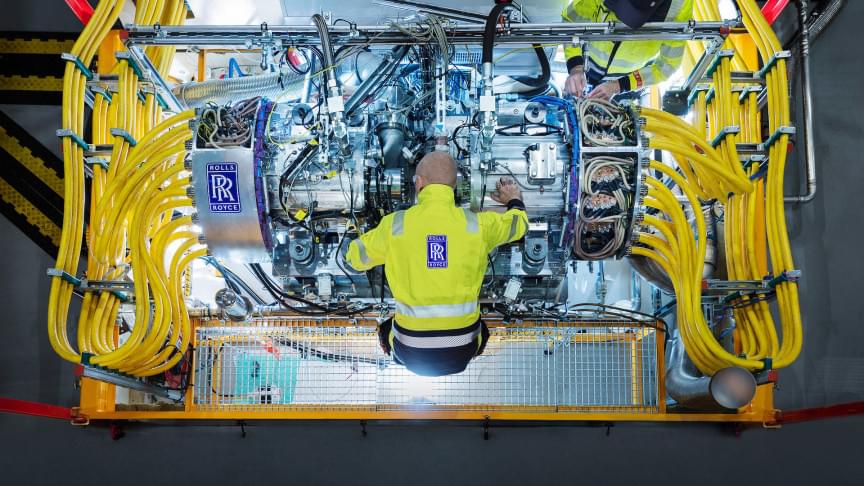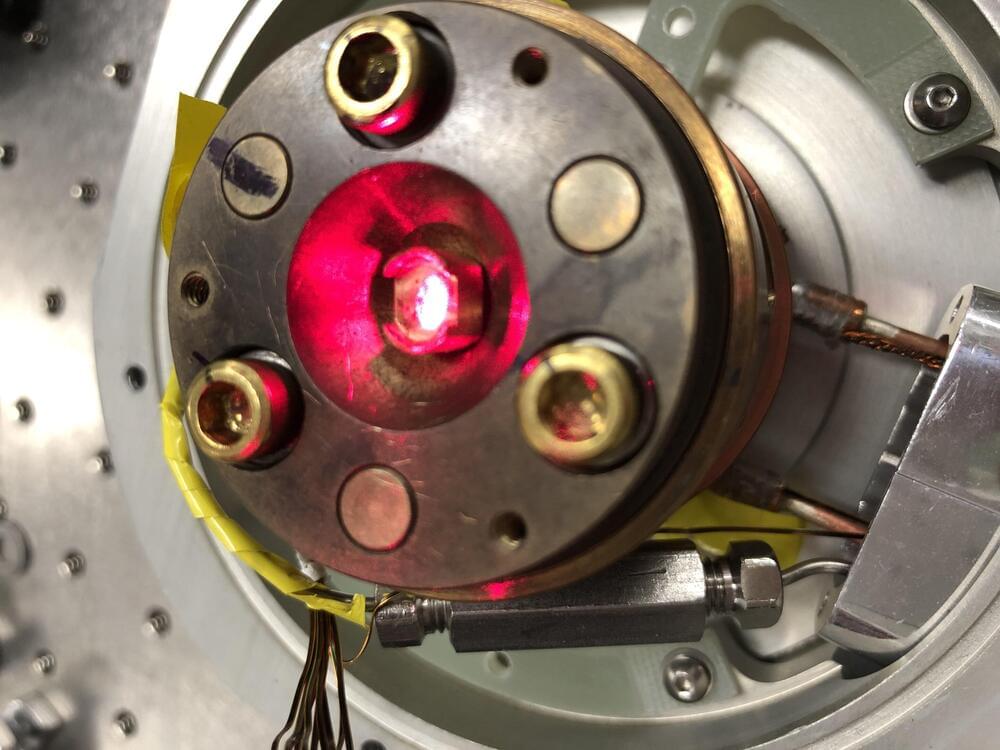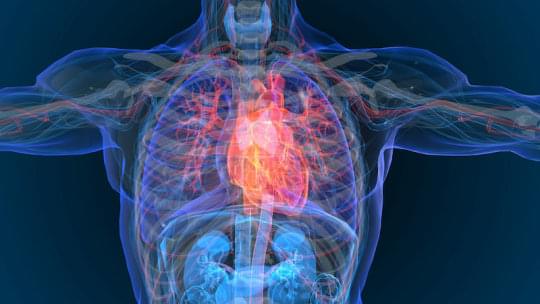#engineering
Category: engineering – Page 111
Atom ’s electrons are arranged in energy shells. Like concertgoers in an arena, each electron occupies a single chair and cannot drop to a lower tier if all its chairs are occupied. This fundamental property of atomic physics is known as the Pauli exclusion principle, and it explains the shell structure of atoms, the diversity of the periodic table of elements, and the stability of the material universe.
Now, MIT
MIT is an acronym for the Massachusetts Institute of Technology. It is a prestigious private research university in Cambridge, Massachusetts that was founded in 1861. It is organized into five Schools: architecture and planning; engineering; humanities, arts, and social sciences; management; and science. MIT’s impact includes many scientific breakthroughs and technological advances.
The solar module manufacturer Solitek (Lithuania), Avesta Battery & Energy Engineering (Abee) (Belgium) and Imecar Elektronik (Turkey) have signed a joint venture agreement for the set up of a new battery pack production in Lithuania (Vilnius).
“If we’re going to use scrap aluminum for hydrogen generation in a practical application, we need to be able to better predict what hydrogen generation characteristics we’re going to observe from the aluminum-water reaction,” says Laureen Meroueh PhD ’20, who earned her doctorate in mechanical engineering.
Since the fundamental steps in the reaction aren’t well understood, it’s been hard to predict the rate and volume at which hydrogen forms from scrap aluminum, which can contain varying types and concentrations of alloying elements. So Hart, Meroueh, and Thomas W. Eagar, a professor of materials engineering and engineering management in the MIT Department of Materials Science and Engineering, decided to examine — in a systematic fashion — the impacts of those alloying elements on the aluminum-water reaction and on a promising technique for preventing the formation of the interfering oxide layer.
To prepare, they had experts at Novelis Inc. fabricate samples of pure aluminum and of specific aluminum alloys made of commercially pure aluminum combined with either 0.6 percent silicon (by weight), 1 percent magnesium, or both — compositions that are typical of scrap aluminum from a variety of sources. Using those samples, the MIT researchers performed a series of tests to explore different aspects of the aluminum-water reaction.
Launched in 2010, DARPA’s Living Foundries program aimed to enable adaptable, scalable, and on-demand production of critical, high-value molecules by programming the fundamental metabolic processes of biological systems to generate a vast number of complex molecules. These molecules were often prohibitively expensive, unable to be domestically sourced, and/or impossible to manufacture using traditional synthetic chemistry approaches. As a proof of concept, DARPA intended to produce 1,000 molecules and material precursors spanning a wide range of defense-relevant applications including industrial chemicals, fuels, coatings, and adhesives.
Divided into two parts – Advanced Tools and Capabilities for Generalizable Platforms (ATCG) and 1,000 Molecules – the Living Foundries program succeeded not only in meeting its programmatic goals of producing 1,000 molecules as a proof-of-concept, but pivoted in 2019 to expand program objectives to working with military mission partners to test molecules for military applications. The performer teams collectively have produced over 1,630 molecules and materials to-date, and more importantly, DARPA is transitioning a subset of these technologies to five military research teams from Army, Navy, and Air Force labs who partnered with the agency on testing and evaluation over the course of the program.
“Biologically-produced molecules offer orders-of-magnitude greater diversity in chemical functionality compared to traditional approaches, enabling scientists to produce new bioreachable molecules faster than ever before,” noted Dr. Anne Cheever, Living Foundries program manager. “Through Living Foundries, DARPA has transformed synthetic biomanufacturing into a predictable engineering practice supportive of a broad range of national security objectives.”
Rolls-Royce’s new 2.5-megawatt hybrid-electric propulsion system delivered more than a megawatt of power only a few weeks after its first tests, a press statement reveals.
The iconic British engineering firm is developing the Power Generation System 1 (PGS1) demonstrator powertrain to test the technology for clean aircraft of the future.
Imagine windows that can easily transform into mirrors, or super high-speed computers that run not on electrons but light. These are just some of the potential applications that could one day emerge from optical engineering, the practice of using lasers to rapidly and temporarily change the properties of materials.
“These tools could let you transform the electronic properties of materials at the flick of a light switch,” says Caltech Professor of Physics David Hsieh. “But the technologies have been limited by the problem of the lasers creating too much heat in the materials.”
In a new study in Nature, Hsieh and his team, including lead author and graduate student Junyi Shan, report success at using lasers to dramatically sculpt the properties of materials without the production of any excess damaging heat.
Formula 1 brakes are some of the most incredible pieces of tech on the planet. They’re able to haul a car doing over 200 mph down to walking speed in a matter of seconds, generating up to 5 g’s of force on deceleration. But how do they work? This video is a nifty explainer.
Scott Mansell of the Driver61 YouTube channel got his hands on a collection of brake system parts from an F1 car, and took the time to explain how each piece works. The first thing you’ll notice is that there’s not one, but two master cylinders. In F1 cars, there’s one for the front brakes, and one for the rear. They’re mounted on a pivoting fork that’s used to adjust brake bias, which is pretty genius.
The wild engineering behind this absurdly powerful braking system.
British engineering company White Motorcycle Concepts (WMC) has unveiled its revolutionary new electric hybrid scooter – the WMC300FR. The new hybrid three-wheeled scooter is designed especially for use as a fully operational first response vehicle that will help bring emergency services into line with new national objectives to combat the effects of climate change and cost reduction.
The electric scooter uses the same patented technology central to its all-electric WMC250EV high-speed demonstrator, with which it intends to break the world electric land speed record over the next 12 months. In the case of First Responder, however, the key objectives are not so much to achieve ultimate speed as to significantly increase range and viability while reducing CO2 footprint and running costs for emergency service fleets. It can reduce carbon emissions by up to 50% of that of comparable conventional motorcycles and scooters.
The WMC300FR scooter features WMC’s patented Venturi Duct, which reduces drag by pushing air through the vehicle rather than around it. This system is aided by aerodynamic front fenders, which funnel the air towards the venturi, reducing overall frontal resistance and meaning less energy is required to propel the vehicle forward.
Combining knowledge of chemistry, physics, biology, and engineering, scientists from McGill University develop a biomaterial tough enough to repair the heart, muscles, and vocal cords, representing a major advance in regenerative medicine.
“People recovering from heart damage often face a long and tricky journey. Healing is challenging because of the constant movement tissues must withstand as the heart beats. The same is true for vocal cords. Until now there was no injectable material strong enough for the job,” says Guangyu Bao, a PhD candidate in the Department of Mechanical Engineering at McGill University.
The team, led by Professor Luc Mongeau and Assistant Professor Jianyu Li, developed a new injectable hydrogel for wound repair. The hydrogel is a type of biomaterial that provides room for cells to live and grow. Once injected into the body, the biomaterial forms a stable, porous structure allowing live cells to grow or pass through to repair the injured organs.



